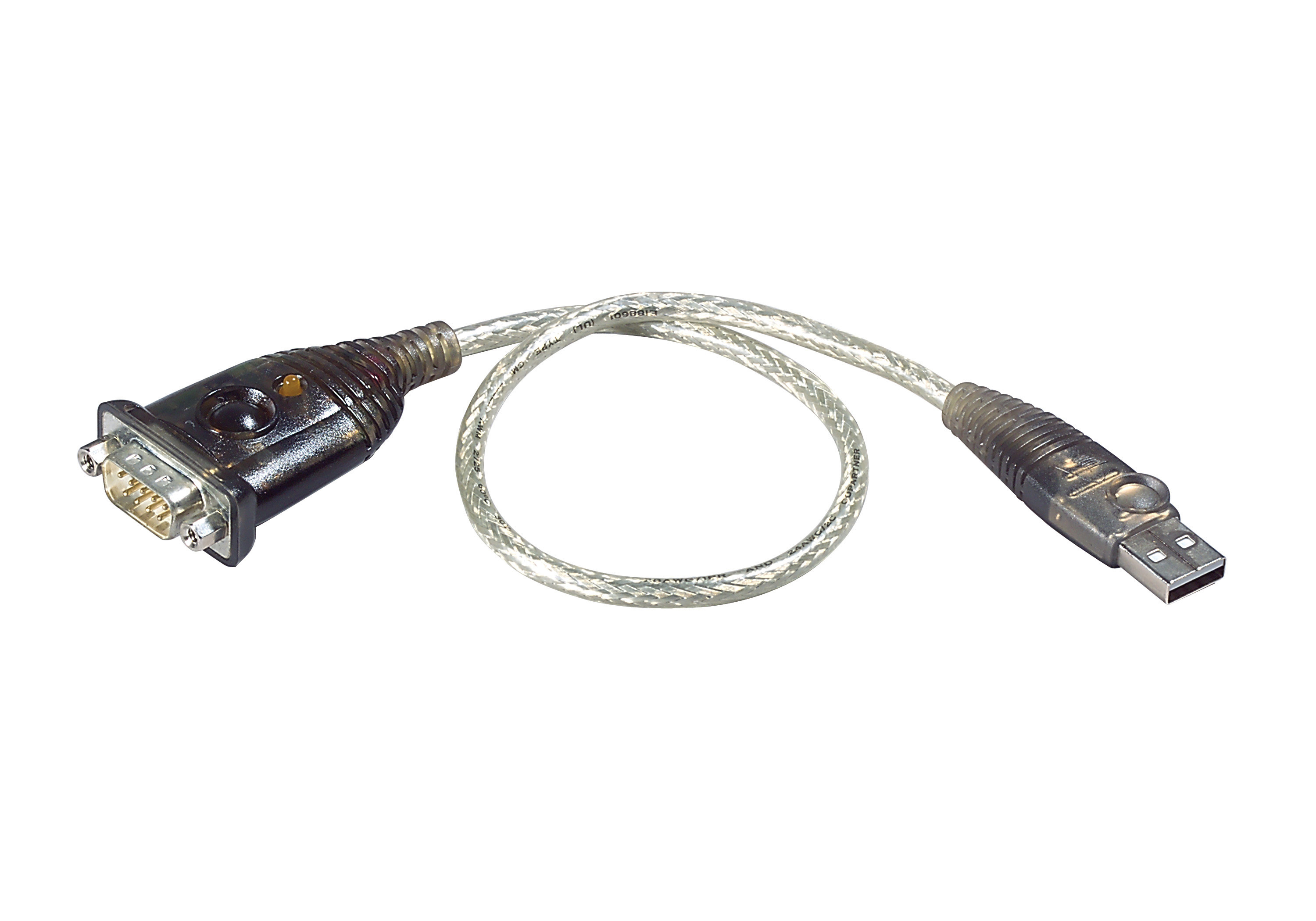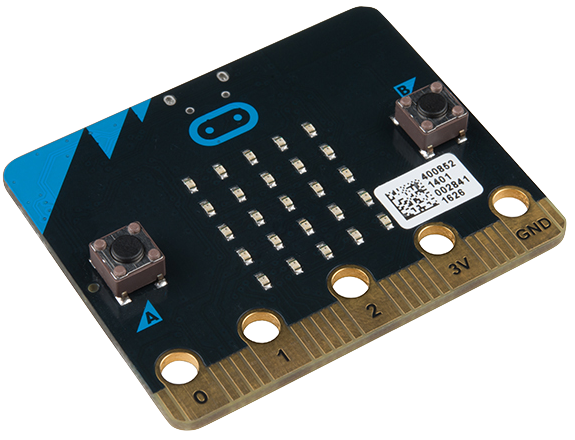

Grub2-mkconfig -output=/boot/grub2/grub.cfgĪnd enter enter a second time you should get a login prompt GRUB_CMDLINE_LINUX="quiet console=tty0 console=ttyS0,115200" Instruct grub2 to send the boot messages on the VGA display and on the serial port # in /etc/default/grub change the GRUB_CMDLINE_LINUX parameter to Reboot the VM, verify that the emulated serial port is there dmesg | grep ttyS You might consider creating the nf file as well, just as a backup in case you have a crash with ttyS0 start on stopped rc RUNLEVEL= stop on runlevel respawn exec /sbin/getty -L 115200 ttyS0 vt102 # ttyS0 - getty # This service maintains a getty on ttyS0 from the point the system is # started until it is shut down again. # open /etc/pve/qemu-server/101.conf and add the following parameter at the end of fileĬonfiguration on the guest Configure the terminal if not presentĪs detailed in, check if you have the file /etc/init/nf. Once this is configured it will be possible to connect from the host (ie the server running pve) using a terminal emulation program, which is handily builtin in the Proxmox Qemu Manager.Ĭonfiguration on the host Add a virtual serial port to the VM Now we can also configure our VM to have an emulated serial port, and instruct the OS, to send a copy of the boot messages / start a login prompt on the emulated serial port.

#Mircobit mac serial port terminal Pc
NoVNC/ VNC Applet connects to your VM keyboard and VM VGA display and displays the stuff you would expect from a real PC on a VGA display with a locally attached keyboard. In proxmox things work exactly the same, but with emulated devices.
#Mircobit mac serial port terminal windows
The requirements of the terminal emulation are quite low, so you could use HyperTerminal on a Windows PC, Minicom on Linux or even an old Atari ST with the appropriate program. If you connect to this serial port any computing device with a terminal emulation program, it will be possible to work on the Linux PC as if you were using the PC locally in text mode.

We get then what is called a serial console It is also possible to send a copy of the boot messages, and start a login prompt on the serial port of the PC. For instance the Linux Kernel has a netconsole feature, to send the boot messages over the network to another Linux computer. Now it is perfectly fine to send the boot messages and start a login prompt on something else. (Actually it spawns multiple login prompts, you can switch between them with Ctrl-alt-F1, Ctrl-alt-F2, etc. This is called in Unix-speak the default console, or system console.ĭuring boot, the kernel sends its boot messages, like device detection, to this default console, and at the end of the boot processes, fires a "login: " prompt on this console. When you start Unix/Linux on a PC, the default input device is the attached keyboard (PS/2 or USB), and the default output device is the available VGA /HDMI / Display port of the PC.

Why would I need a serial terminal / serial console?


 0 kommentar(er)
0 kommentar(er)
